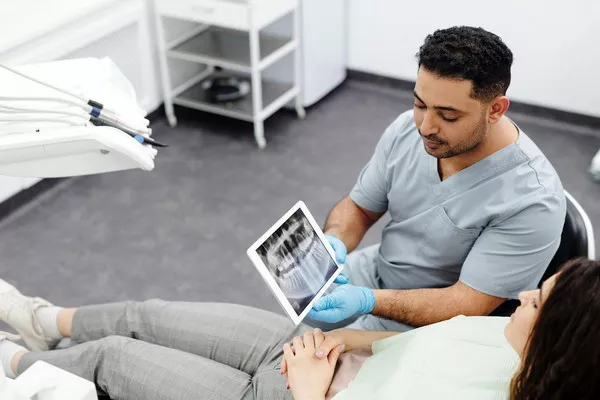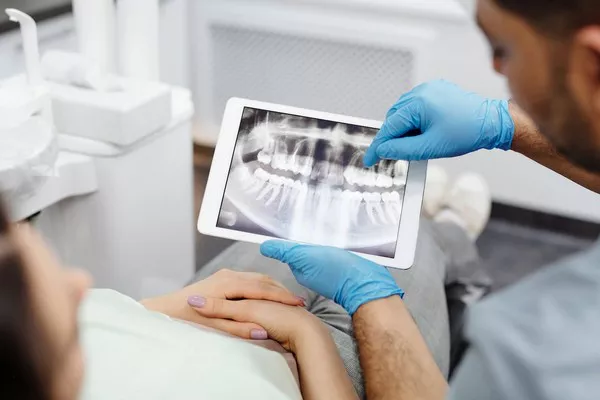Cavity fillings are a common dental procedure used to restore teeth affected by decay. While the primary goal of a filling is to alleviate pain caused by tooth decay, patients may experience some discomfort following the procedure. This article aims to provide a comprehensive overview of why cavity fillings can cause temporary pain, factors that influence the duration of discomfort, and tips for managing post-filling sensitivity.
I. Understanding Post-Filling Sensitivity
Normal Sensitivity:
It is normal to experience some sensitivity after getting a cavity filling. The tooth may feel tender or sensitive to pressure, temperature changes, or sweet foods. This sensitivity is usually temporary and should subside within a few days or weeks.
Causes of Sensitivity:
Various factors can contribute to post-filling sensitivity, including:
a) Nerve Irritation:
During the filling process, the dentist removes decayed tooth material, which may expose the underlying dentin layer. Dentin contains microscopic tubules that connect to the nerve endings, making the tooth more sensitive to external stimuli.
b) Bite Adjustment:
After the filling is placed, your bite may need adjustment to ensure proper alignment. If the filling is too high, it can create uneven pressure on the tooth, leading to sensitivity when biting or chewing.
c) New Restoration:
The materials used in fillings can expand and contract in response to temperature changes, which may cause temporary sensitivity.
II. Factors Influencing the Duration of Discomfort
While post-filling sensitivity is generally short-lived, several factors can influence its duration:
Tooth Sensitivity:
Teeth with pre-existing sensitivity are more likely to experience prolonged discomfort after a filling. Conditions such as gum recession, exposed tooth roots, or thinning enamel can increase sensitivity.
Filling Material:
The type of filling material used can affect the duration of discomfort. Tooth-colored composite fillings may cause more sensitivity initially compared to amalgam (silver) fillings.
Filling Size and Depth:
Large or deep fillings may lead to increased post-filling sensitivity due to the proximity of the restoration to the tooth’s nerve.
Nerve Inflammation:
If the decayed tooth was close to the nerve, there is a higher chance of experiencing prolonged sensitivity as the nerve may require more time to heal and recover.
III. Management and Relief of Post-Filling Sensitivity
While post-filling sensitivity is typically temporary, there are several ways to manage and alleviate discomfort:
Practice Good Oral Hygiene:
Maintaining proper oral hygiene is essential for preventing further complications and reducing sensitivity. Brush gently with a soft-bristled toothbrush and fluoride toothpaste. Use desensitizing toothpaste or mouthwash recommended by your dentist.
Avoid Triggering Stimuli:
Temporarily avoid foods and drinks that are extremely hot, cold, or acidic. Limit consumption of sugary or sticky foods that can exacerbate sensitivity.
Over-the-counter Pain Relievers:
Non-prescription pain relievers like ibuprofen or acetaminophen can provide temporary relief from discomfort. Follow the instructions and consult your pharmacist or dentist if you have any concerns.
Desensitizing Agents:
Applying a desensitizing gel or varnish to the sensitive areas of the tooth can help reduce sensitivity. These products work by blocking the tubules in the dentin, preventing external stimuli from reaching the nerve.
Fluoride Treatment:
Professional fluoride treatments may be recommended by your dentist to strengthen the tooth enamel and reduce sensitivity.
Bite Adjustment:
If the filling is causing an uneven bite, your dentist can make necessary adjustments to ensure proper alignment. This can help alleviate any pressure or discomfort during biting or chewing.
Time and Patience:
In most cases, sensitivity after a cavity filling subsides within a few days to weeks as the tooth adjusts to the new restoration. Allow your tooth time to heal and recover naturally.
IV. When to Seek Professional Help
While post-filling sensitivity is normal and usually resolves on its own, there are instances where it is advisable to seek professional help:
Prolonged Sensitivity:
If the discomfort persists for more than a few weeks or becomes increasingly severe, it may indicate an underlying issue that requires attention from your dentist. They can evaluate the filling and assess if any additional treatment is needed.
Persistent Pain:
If you experience continuous or throbbing pain that does not subside with over-the-counter pain relievers, it is important to consult your dentist. This could be a sign of nerve damage or infection.
Bite Misalignment:
If your bite feels uneven or uncomfortable even after the initial adjustment, it is best to have your dentist evaluate and address the issue promptly.
Related Topics:
































